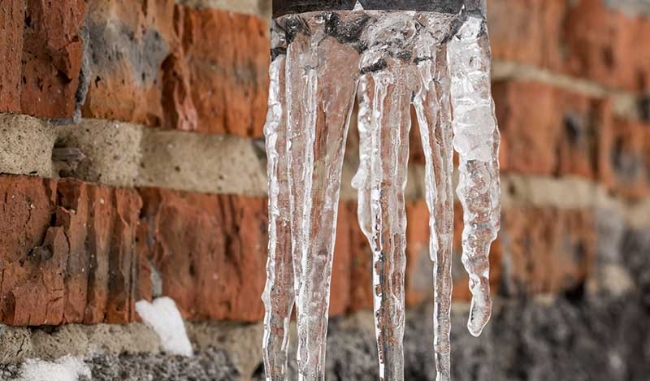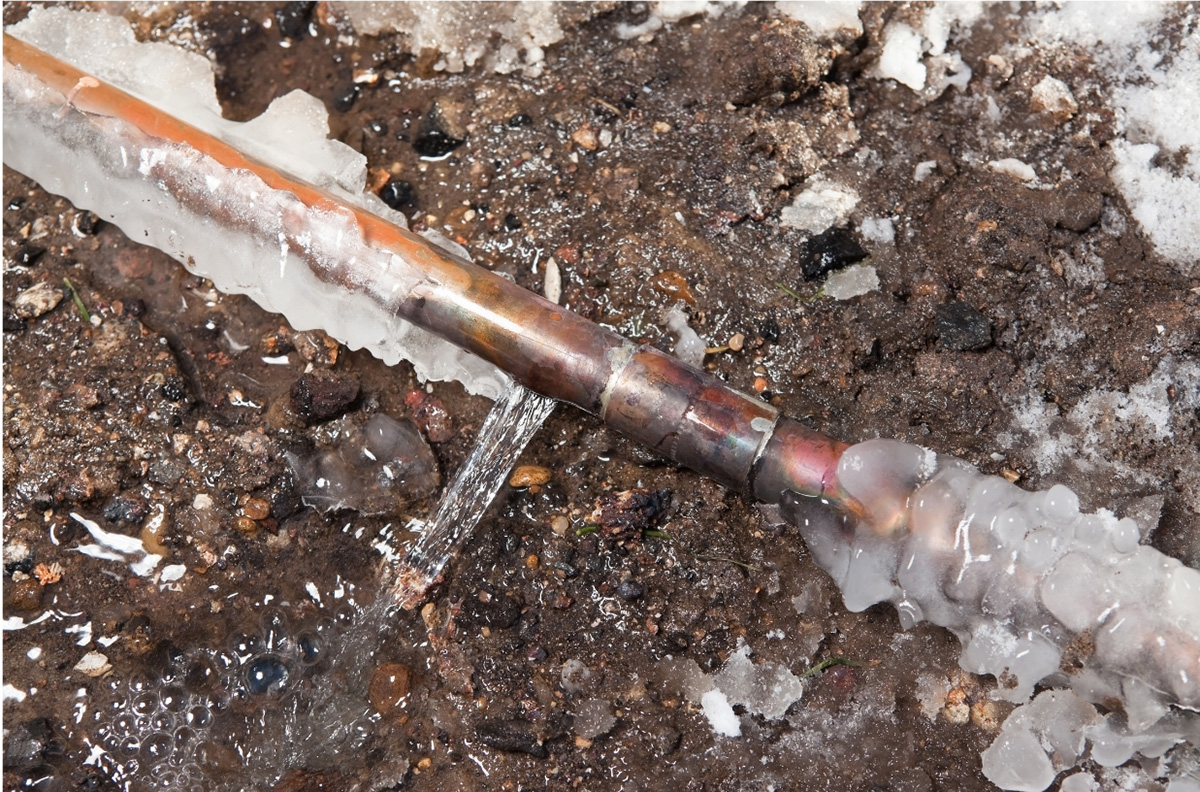Important Advice to Protect Against Frozen Pipes in Cold Weather
Important Advice to Protect Against Frozen Pipes in Cold Weather
Blog Article
Presented here on the next paragraphs you can find more superb insights on the subject of How to prepare your home plumbing for winter weather.

Winter can ruin your plumbing, particularly by freezing pipes. Here's exactly how to stop it from happening and what to do if it does.
Introduction
As temperatures decrease, the threat of icy pipelines rises, potentially bring about pricey repair services and water damages. Recognizing exactly how to stop icy pipes is critical for house owners in cool environments.
Prevention Tips
Insulating prone pipelines
Cover pipes in insulation sleeves or utilize warm tape to secure them from freezing temperatures. Focus on pipes in unheated or exterior areas of the home.
Home heating strategies
Maintain interior spaces sufficiently heated up, especially locations with plumbing. Open closet doors to enable warm air to distribute around pipes under sinks.
Just how to determine icy pipelines
Search for lowered water flow from faucets, uncommon odors or noises from pipes, and visible frost on exposed pipelines.
Long-Term Solutions
Architectural changes
Consider rerouting pipes away from outside wall surfaces or unheated areas. Add extra insulation to attic rooms, cellars, and crawl spaces.
Updating insulation
Buy top quality insulation for pipelines, attic rooms, and wall surfaces. Appropriate insulation helps keep consistent temperatures and minimizes the danger of icy pipelines.
Protecting Outdoor Plumbing
Garden hoses and exterior taps
Detach and drain garden tubes prior to wintertime. Set up frost-proof spigots or cover exterior faucets with insulated caps.
Recognizing Frozen Pipes
What triggers pipes to ice up?
Pipes ice up when exposed to temperature levels below 32 ° F (0 ° C) for expanded periods. As water inside the pipelines freezes, it broadens, putting pressure on the pipe wall surfaces and potentially triggering them to break.
Threats and problems
Frozen pipes can cause water interruptions, home damage, and costly repair work. Ruptured pipes can flood homes and create extensive structural damage.
Signs of Frozen Water Lines
Recognizing icy pipelines early can prevent them from rupturing.
What to Do If Your Pipelines Freeze
Immediate actions to take
If you believe frozen pipelines, maintain faucets available to ease stress as the ice thaws. Use a hairdryer or towels taken in hot water to thaw pipes slowly.
Conclusion
Avoiding icy pipelines requires aggressive steps and fast actions. By understanding the reasons, signs, and safety nets, homeowners can shield their plumbing during winter.
5 Ways to Prevent Frozen Pipes
Drain Outdoor Faucets and Disconnect Hoses
First, close the shut-off valve that controls the flow of water in the pipe to your outdoor faucet. Then, head outside to disconnect and drain your hose and open the outdoor faucet to allow the water to completely drain out of the line. Turn off the faucet when done. Finally, head back to the shut-off valve and drain the remaining water inside the pipe into a bucket or container. Additionally, if you have a home irrigation system, you should consider hiring an expert to clear the system of water each year.
Insulate Pipes
One of the best and most cost-effective methods for preventing frozen water pipes is to wrap your pipes with insulation. This is especially important for areas in your home that aren’t exposed to heat, such as an attic. We suggest using foam sleeves, which can typically be found at your local hardware store.
Keep Heat Running at 65
Your pipes are located inside your walls, and the temperature there is much colder than the rest of the house. To prevent your pipes from freezing, The Insurance Information Institute suggests that you keep your home heated to at least 65 degrees, even when traveling. You may want to invest in smart devices that can keep an eye on the temperature in your home while you’re away.
Leave Water Dripping
Moving water — even a small trickle — can prevent ice from forming inside your pipes. When freezing temps are imminent, start a drip of water from all faucets that serve exposed pipes. Leaving a few faucets running will also help relieve pressure inside the pipes and help prevent a rupture if the water inside freezes.
Open Cupboard Doors
Warm your kitchen and bathroom pipes by opening cupboards and vanities. You should also leave your interior doors ajar to help warm air circulate evenly throughout your home.

I have been very interested in Preventing and dealing with frozen pipes and I hope you enjoyed the entire post. Appreciated our post? Please share it. Let another person discover it. Many thanks for taking the time to read it.
Explore Now Report this page